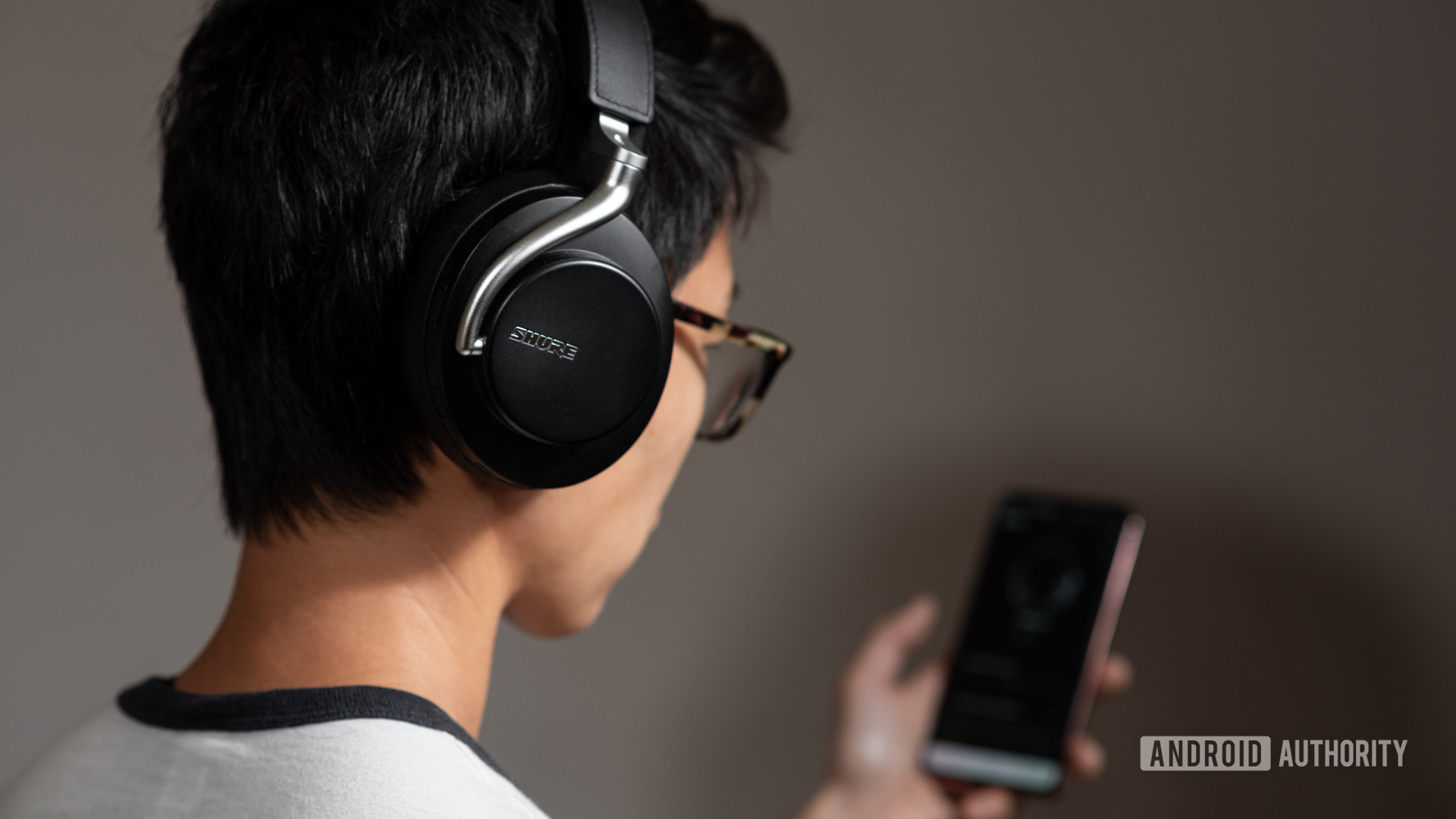Since the Zoom webinar was posted as a YouTube video, we have access to an auto-generated text transcript (according to your language preference for YouTube, I think). The auto-generated transcript can be accessed by clicking on the “…” menu at the lower right underneath the video window. Pick “open transcript.” Once open, using the web page search function of your browser (Ctrl+F in Windows 10), you can search for text words within the transcript. With timestamps turned on in the transcript, you can go to that time in the video to view the actual presentation by clicking on any phrase of interest (each phrase serves as a hyperlink to that section of the YouTube video) or just read the text. The transcript has the following information on when BT 5.3 will be available in phones. The conclusion is perhaps next Christmas (2022-a year and a half from now). Here’s the part of the transcript relevant to that. The speaker says music sharing amongst the young, e.g., at a beach party, is what’s going to drive adoption and auto makers (those lackards!) are what’s going to keep classic BT around for 10, perhaps 15 years after BT LE Audio makes its full debut.
(starts at 72:55 timestamp)
so that’s one thing that i think will
drive them the other one
is that concept that you can share music
from your phone so if a group of friends
come round or your kids go out for a
beach party they all take a speaker with
them
they all connect up and it works and
i think for the phone vendors that’s one
of the most interesting
immediate applications because it’s
selling to that young
demographic who will regularly spend
money upgrading phones
for that reason i think we’re going to
see this sooner than we might otherwise
have expected
um i don’t think it will be in this
year’s phones
i think as luca says they’re going to
wait for the 5.3
chips but they’re already sampling those
so those will already really be
being prepared for the phone launches
next year
um i wouldn’t be surprised to see
any audio appearing in some of next
year’s phones
um we may even see them
in some of the spring announcements i
think that would be early
but i’d be very surprised if you can’t
ask
for one in your christmas stocking next
christmas
and you have an idea of when when we
won’t see classic anymore um
long time um i i mean the reason for
that
is one of the things that will keep
classic
in phones is um one it actually is quite
expensive to design it out of the chip
if you look at what happens with i mean
it’s not just bluetooth chips it’s the
the basic modem chips if you buy a 5g
phone it’s still got 2g in it
because people just add stuff in
taking it out can be quite awkward
um but the real one is as i said it’s
cars
people keep cars for 10 years or so
the automotive industry is also slow to
move to new technology so
you’ll be able to buy a phone with low
energy audio probably two to three years
before you can buy a car with it
but phones won’t take classic out
until those cars are getting towards the
end of their life
so i do think if you’ve got a phone
you’ll have classic in it for at least
the next 10 and probably the next 15
years
and you won’t know which is being used
some of the time if your earbuds and
hearing aids
have both there’s going to be
conversations going on between the phone
and your hearing aid or earbuds as to
which to use and they may use one for
some applications and another one for
different ones
(ends at 75:36 timestamp)


